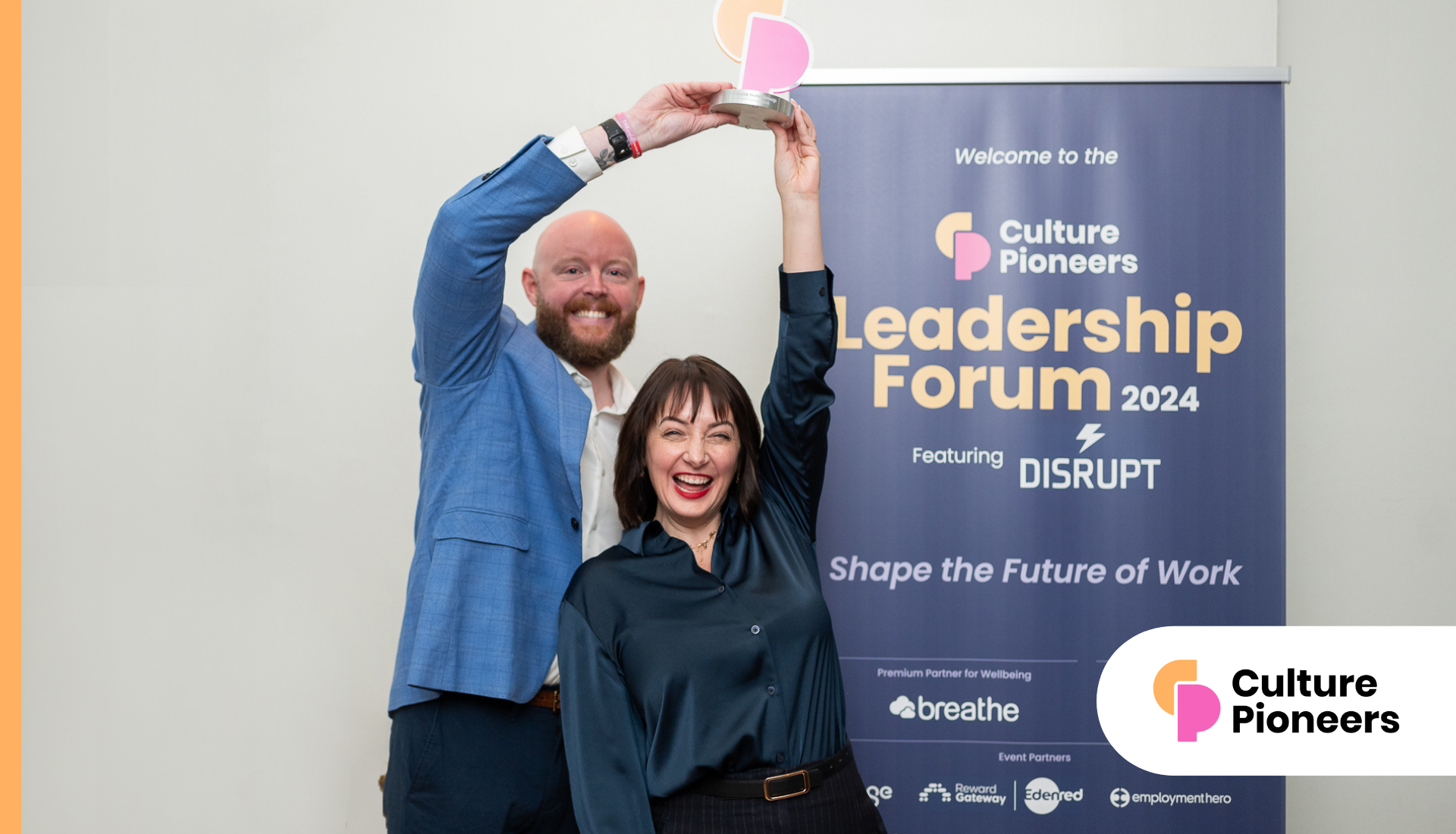In this three-part series, Professor Robert Quinn looks at how HR can stop being in the ‘bandage business,’ and how they can harness the findings of his research on Positive Organizations to emerge as a strong strategic business partner. This is part one. Read part two and part three too.
In July, the Harvard Business Review centered an issue on the following topic: Is it time to blow up HR and build something new?
In the lead article, Peter Cappelli suggests that there is much distaste for HR.
This negativity is driven by a lack of strategic vision and strategic insight.
He suggests that HR has become and will continue to be irrelevant because in most organizations, “HR is simply slapping bandages on old problems.”
On the one hand, in defense of HR, I would suggest that the challenges of leadership development have become extraordinarily complex.
A tale of the woes of the CEO
We interviewed the CEO of a Fortune 100 company. For years growth has been explosive and the same intense growth is projected into the future. The CEO gave a brief history of his very successful firm and then told us of his greatest need.
The organization began with a focus on financial transactions and the company grew. With a narrow focus on profit, employees and customers were first treated coldly and it did not seem to matter.
Eventually there were problems and much effort went into a culture change process.
Managers were trained to see employees and customers as valued assets. More growth followed and a new problem emerged. In the huge company simple mistakes were costing millions of dollars.
Leadership development and cultural vitality are big HR challenges that face every organization.
It became necessary to build a culture that valued precision, predictability and cost control.
The shift to precision made a positive difference but also created a new problem. The increasingly bureaucratic culture caused the company to drift from the cutting edge of the market. There was a need to become innovative and a new effort was initiated.
The CEO’s new concern
Today the CEO indicates that his single greatest concern is finding and developing leaders. He has a rapidly growing need for managers who can build cultures that drive profit, value people, nurture precision and stimulate innovation.
While huge amounts of money are being invested in traditional leadership development efforts, he is searching for a way to accelerate the developmental process.
The story and the resulting needs are understandable. But how do we develop leaders who can creatively integrate profit, people, precision and innovation?
Likewise in a world where 70% of the global workforce is unengaged and 52% of the management workforce is unengaged, how do we create cultures where people flourish and exceed expectations?
Leadership development and cultural vitality are big HR challenges that face every organization.
On the other hand, HR, like all hierarchical functions in all hierarchical organizations, does have a tendency to “slap bandages on old problems.” It is difficult to see in new ways.
To become a viable strategic player in any company, HR has to get out of the bandage business.
The solution?
To become a viable strategic player in any company, HR has to get out of the bandage business.
In the following two papers, as part of this article series, I offer a way out.
In the first, which is an excerpt from my recent book, The Positive Organization, I suggest that in many companies leaders are turning their cultures positive.
In the process, some HR leaders have a new kind of experience, they learn to do what they believe is impossible. In the first paper I introduce the basic perspective that drives positive organizing.
In the second I tell the story of a remarkable Chief People Officer.
Driven by the notions of positive organizing, she created many new practices and processes.
As she did, she reinvented the organization and herself. I believe she is a model for HR leaders everywhere.








